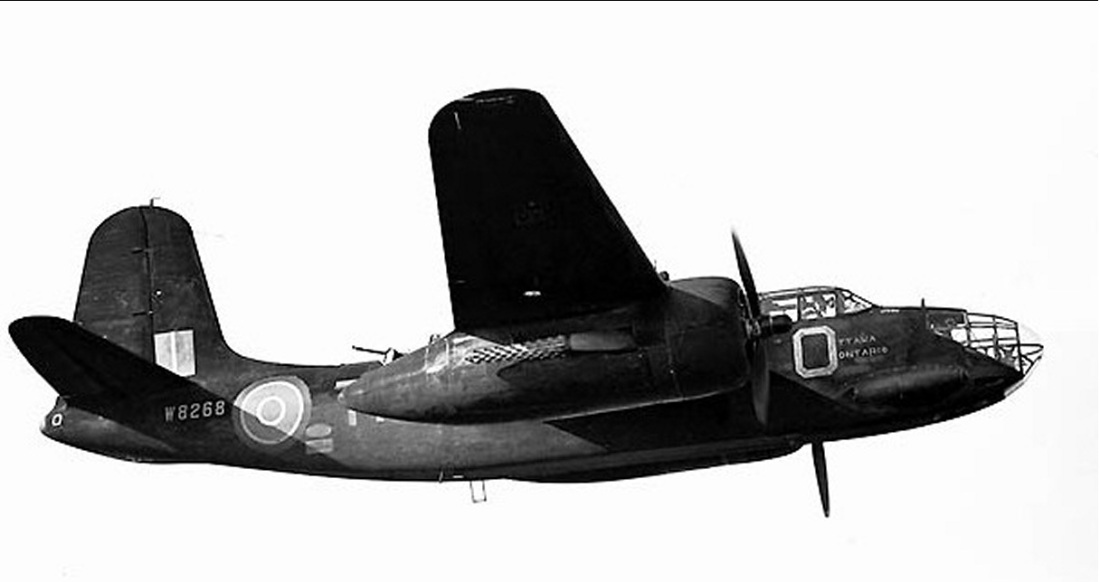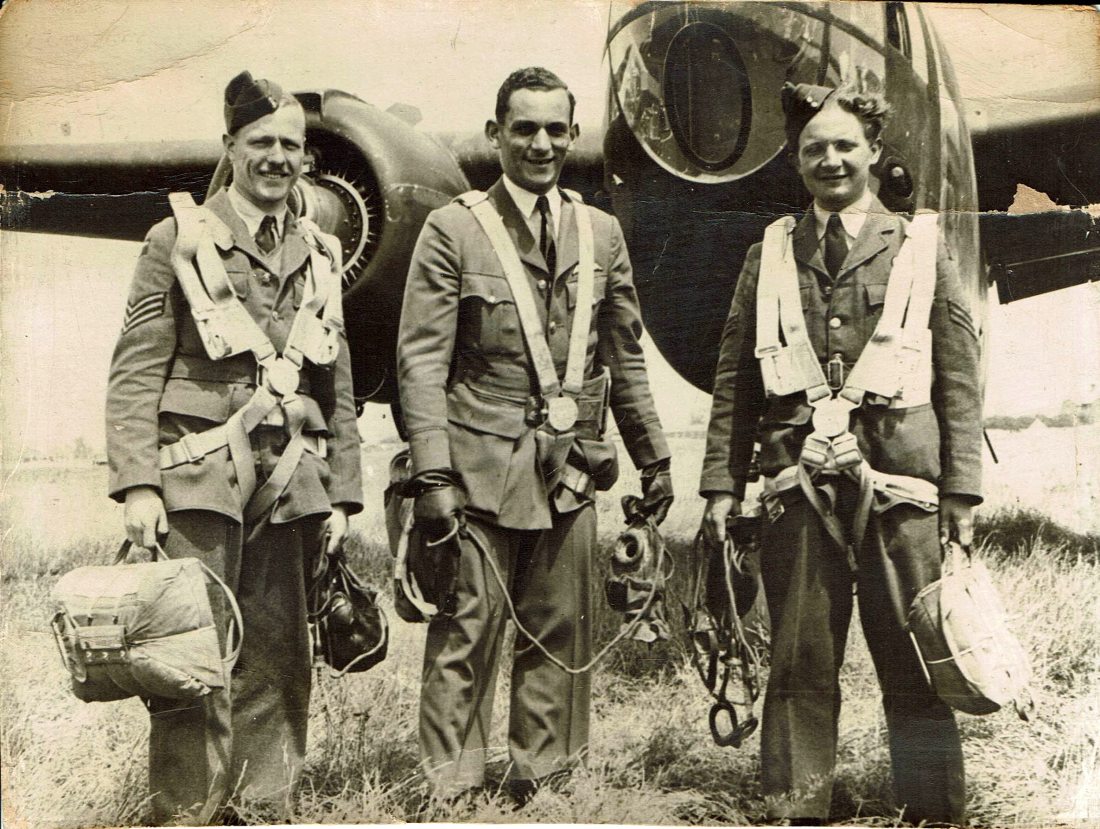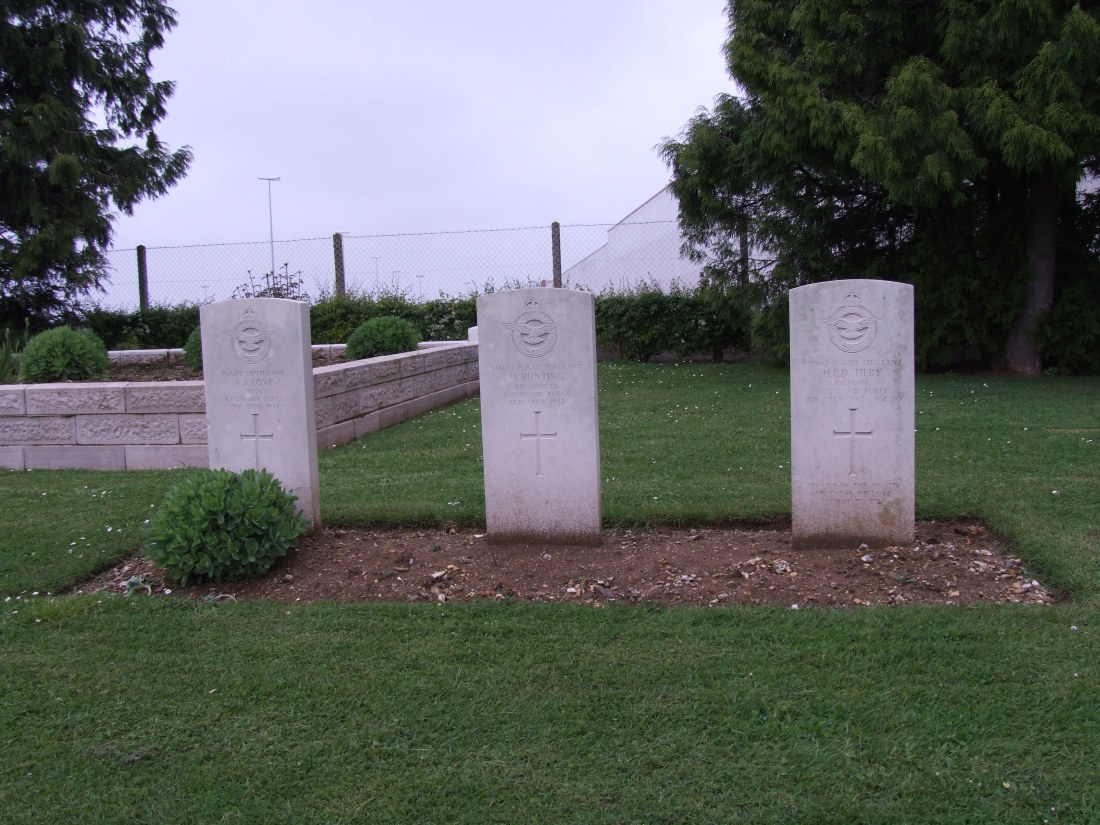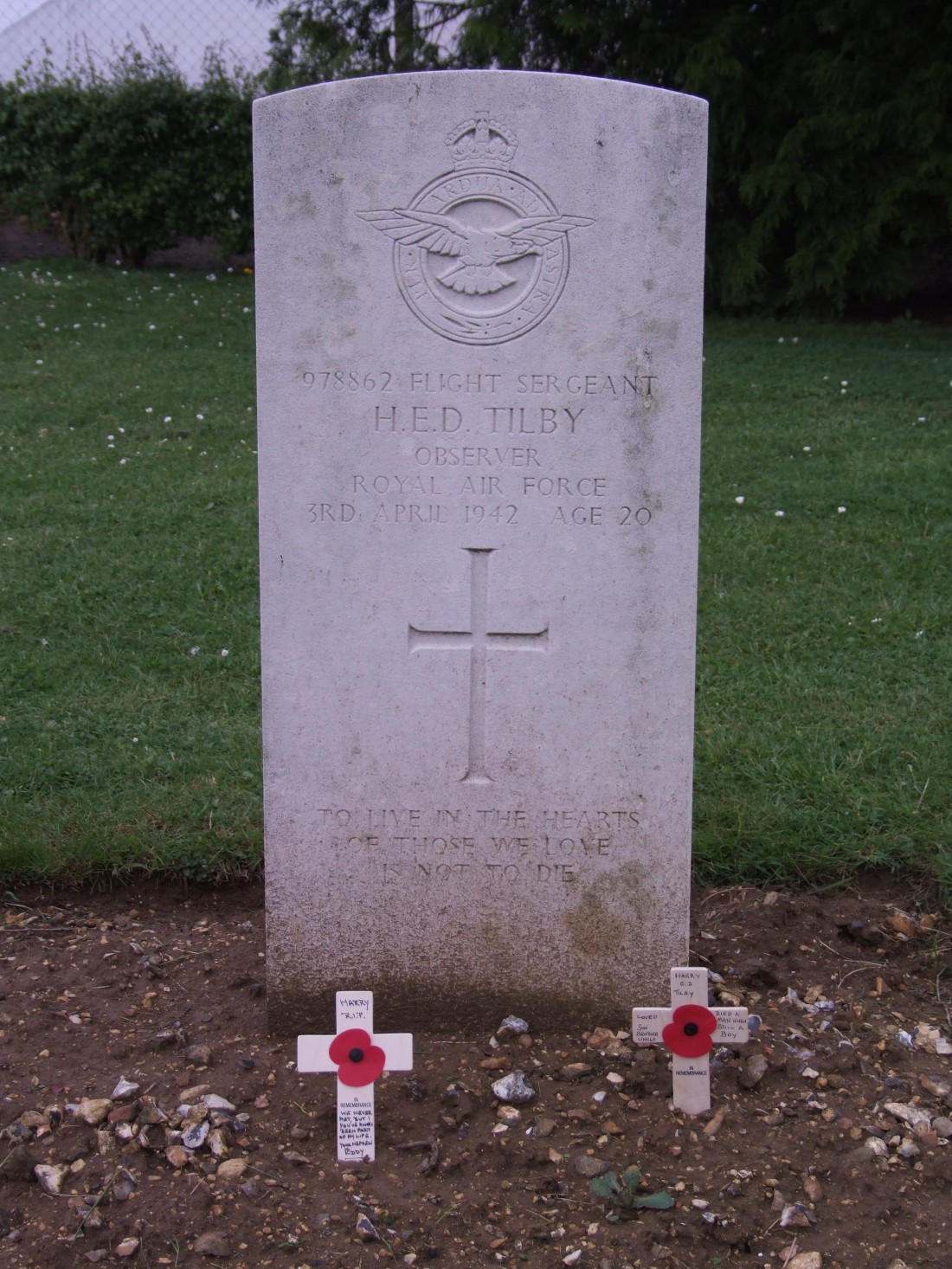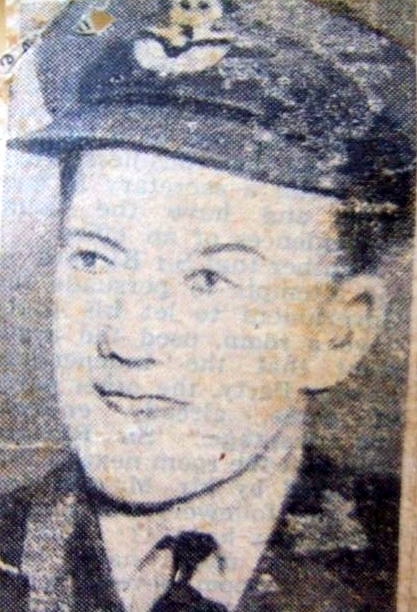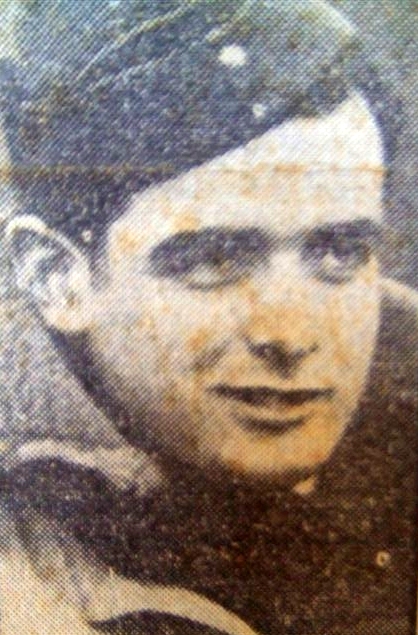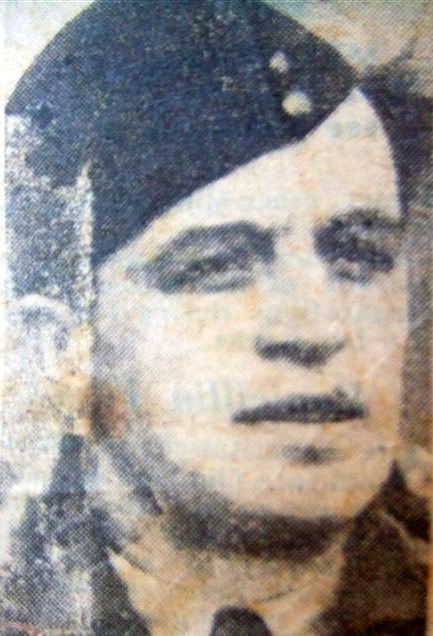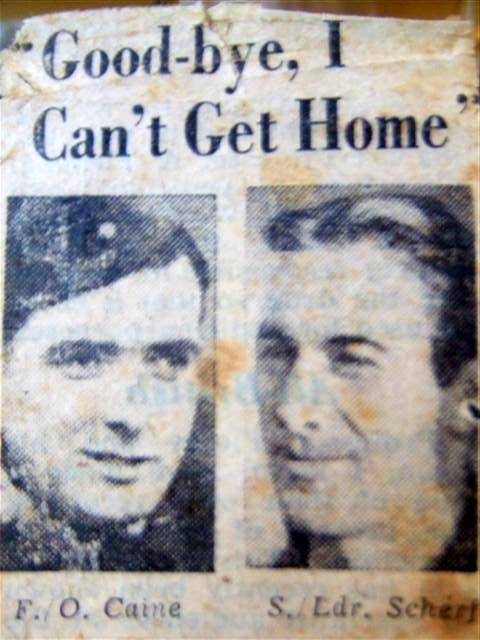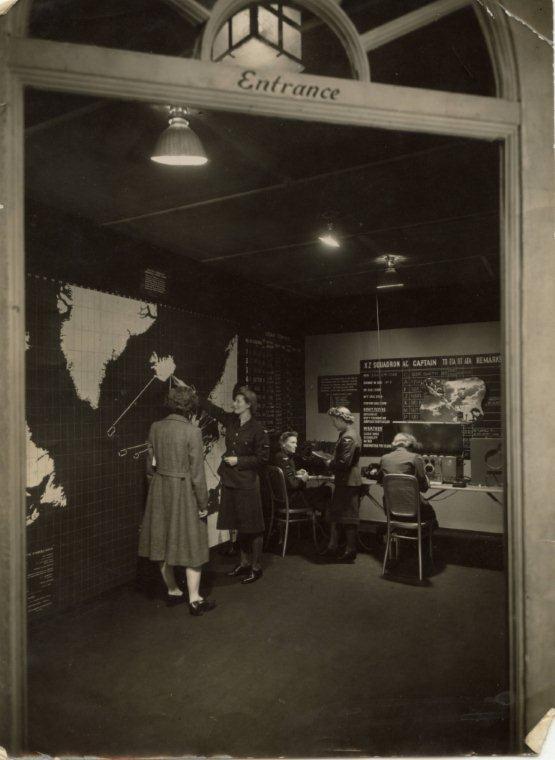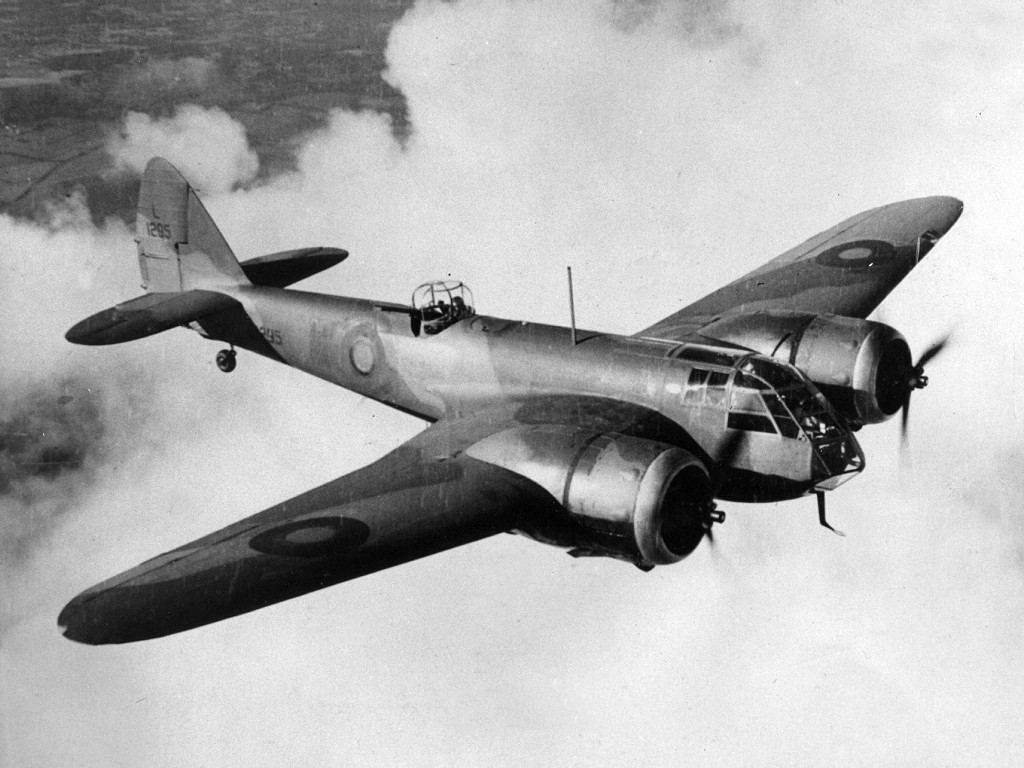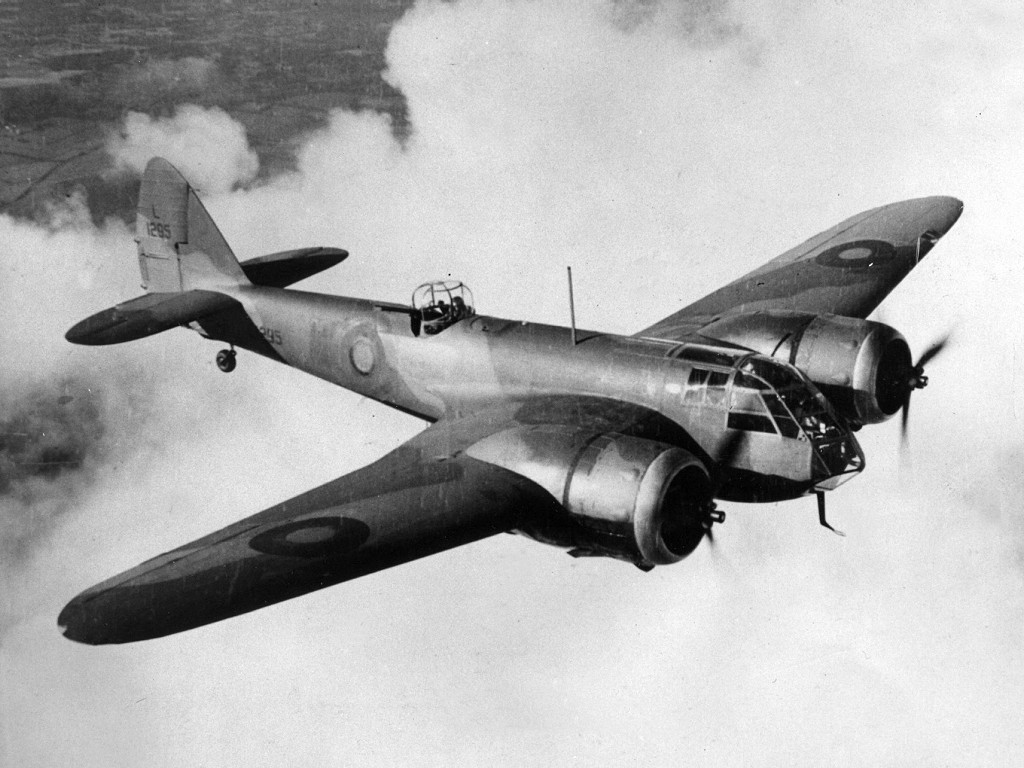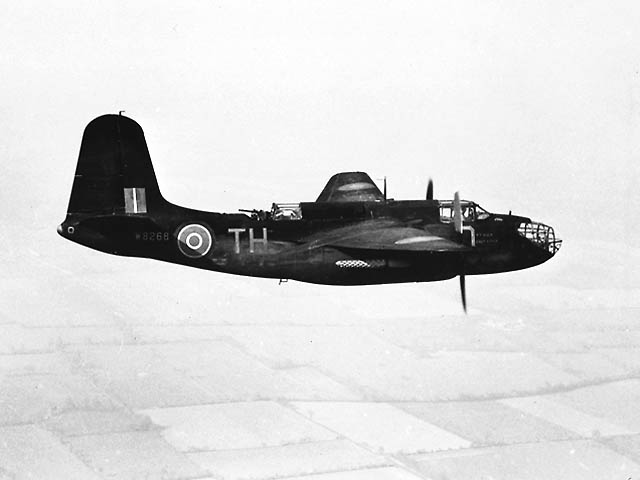Jeremy is contributing to this blog.
First with this comment.
Hi Pierre
I have some additional information about George Blakeley. I am the son of Sergeant Ben Walsh, of Lancashire, who flew with 418 Squadron. I have been researching his wartime experiences (75 ops) and matching them to the recollections we recorded before he died in 2008.
George Blakely flew on three ops with my father. My father had lied about his age and, having completed his flying training and operational with 418, he was still only 18 years old.
The first op was on 9th December 1943. It was my father’s, Ben’s, second op and was ‘Nickelling’. Nickelling is where the aircraft took leaflets, designed to lower the morale of the enemy, to drop over occupied territory.
This time Yorkshireman Sergeant George Blakeley stood in for Ben’s normal gunner, Sergeant Johnny Naisbit. They took off after dark in AL766 at 18.59 on their two and a quarter hour night flight. Their first target for a leaflet drop was the French town of Cayeux-sur-Mer, which was just 10 miles NNE of Le Treport at the entrance of La Baie de la Somme.
Ben recalled that when the searchlights came on at Cayeux, he asked his gunner how he was doing with unpacking and dropping the leaflets. George replied that he had only managed to get a couple of boxes of them out. Because of the searchlight scare on his first op, Ben told him in no uncertain terms to hurry up because he didn’t want them to get caught in a searchlight beam again. George Blakeley quickly responded with, “All gone. Let the buggers unpack them themselves!”
Having dropped the leaflets, Ben flew his Boston at low level for about 100 miles east across northern France to Ypres, south of Brussels in Belgium, where they completed their second drop. He then set course for home via Nieuport on the Belgian coast, which was their third drop. On his return to Bradwell Bay Ben, in a style befitting a seasoned operational pilot, noted in his log book: “New searchlights at Cayeux and machinegun fire. Otherwise pretty quiet trip.”
On 13th January 1943 Ben, accompanied by Robbie and George Blakeley, went off on his third op. This time it was to Beauvais and Creil, in Picardy; but, south of Beachy Head when the crossing the Channel, they were recalled owing to ‘duff weather’.
The following night they were tasked again. Taking off in the early hours at 02.24 hrs they flew low level across the Channel to Le Treport and then on south to those Luftwaffe airfields at Beauvais and Creil, where they loitered over the target area between 03.20 hrs and 03.35 hrs. They returned to Bradwell Bay at 04.44 hrs. Ben wrote “Uneventful” in his log book.
My father kept a Roll of Honour of his friends and colleagues who died through the war. Because of his Squadrons, 418 and 45, it is extensive. They both suffered heavy losses. Added to that, he was friends with some of the pilots on 23 Squadron.
My father noted George’s death in his Roll of Honour, with the word “Rugger” after it.
Kind regards
Jeremy
Jeremy had two requests.
Pierre
I have some further questions for the blog, this time about Sergeant Orsborn. He is shown in the log book of Theodore Griffiths. He was the observer on the first three ops. I only know him as “Ossie” Orsborn because he became my father’s navigator on Mosquitoes. They were together from July 1943 through to May 1945, flying 39 ops together. They were posted off 418 when the Squadron was “Canadianised” in July 1943 by Paul Davoud.
My question is, does anyone know his first name?
With reference to 23 Squadron, one of my father’s close friends who went through training with him was Pete Olley. He went to 23 Squadron at Bradwell Bay and then out to Malta. Sadly he was killed soon after arriving there when his aircraft hit a pylon soon after take-off from RAF Luqa.
I have a photo of him and know some of his training history.
Kind regards
Jeremy
To be continued…
If you wish to contact us, please leave a comment or fill out this form below.
